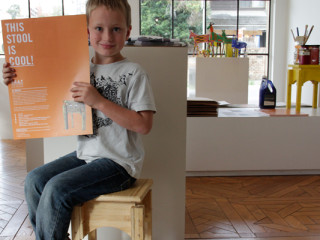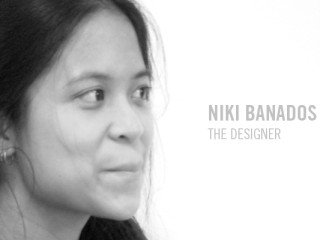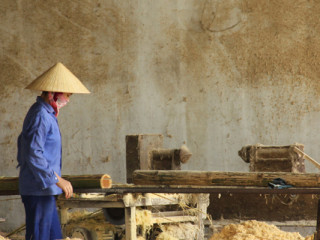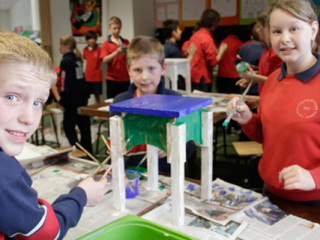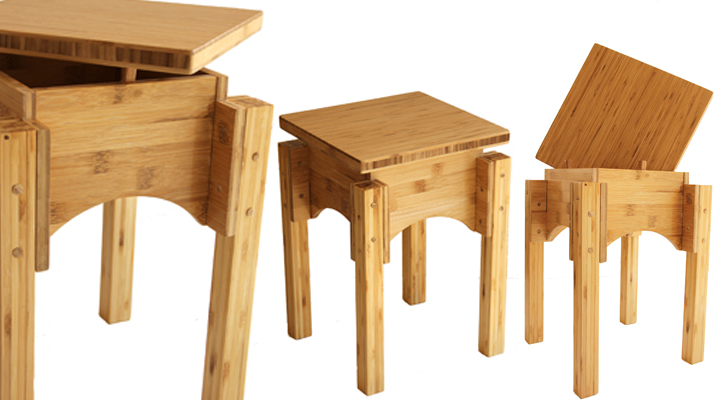
The S.E.A.T Project is more than a simple gesture towards sustainable, socially innovative design. In fact, we have built our entire social business model on the principles of Cradle-to-Cradle design theory and social change theory.
Cradle-to-Cradle theory, a term first coined by German scientist Michael Braungart and American architect William McDonough, refers to a conception of design where “all the things we make, use and consume provide nutrition for nature and industry.”
In terms of design, this model reconsiders the way materials flow within a cycle. Just as in the natural world, where an organism’s waste becomes a part of a bigger cycle by providing nutrition for other living things, it is envisaged that cradle-to-cradle materials could provide nutrition for nature or industry, whether they are biodegradable or infinitely recyclable.
SEAT, a little stool made entirely from bamboo was designed according to these principles. The stool is made in a sustainable bamboo factory in Vietnam where the bamboo offcuts are fed into the furnace which powers the whole factory, thus creating no waste. The stool itself requires no nails or glue and is 100% biodegradable, including the packaging.
Karina Clarke, a researcher at University of New South Wales, Art & Design, conducted research into the S.E.A.T Project initiative and has documented her findings in a paper titled: SEAT: The Little Stool That Could: The development of social innovation in product design. See the abstract below, and click on the link at the end to read the full paper.
Abstract
Based on the principles of socially responsible design this paper identifies criteria for converging the traditional ‘market-led’ model of product design practice with that of social innovation. The new model proposed aims to investigate the hypothesis that social initiatives and empowering design solutions can afford positive social change by enabling creativity and the design intent as the visceral agent for change.
In this paper we discuss the evolution of a final year graduating design student’s project and how through collaboration with a range of stakeholders her Project entitled S.E.A.T has been launched in the marketplace and is an active agent for social change and development.
Starting with the designers intent we will highlight how the different stakeholders have formed a relationship with the project and identify their roles in the design/manufacture/distribution/use of the product which is mutually beneficial to all involved. The S.E.A.T Project includes sustainable manufacturing in Vietnam and an educational program within schools and communities, all synthesised by the the organisation Hands That Shape Humanity.
In this paper we discuss how the S.E.A.T Project is acting as a driver for a collaborative process with aims that include testing whether social innovation and engagement can lead to positive social change and development for all stakeholders and their respective associations. The fundamental questions underpinning this project are firstly how can product design practice shift from a ‘market-led’ imperative to one of ‘social need’, without a compromise in quality and financial benefits? And secondly if so, how are such socially responsible sustainable practices formed and established as conventional?
